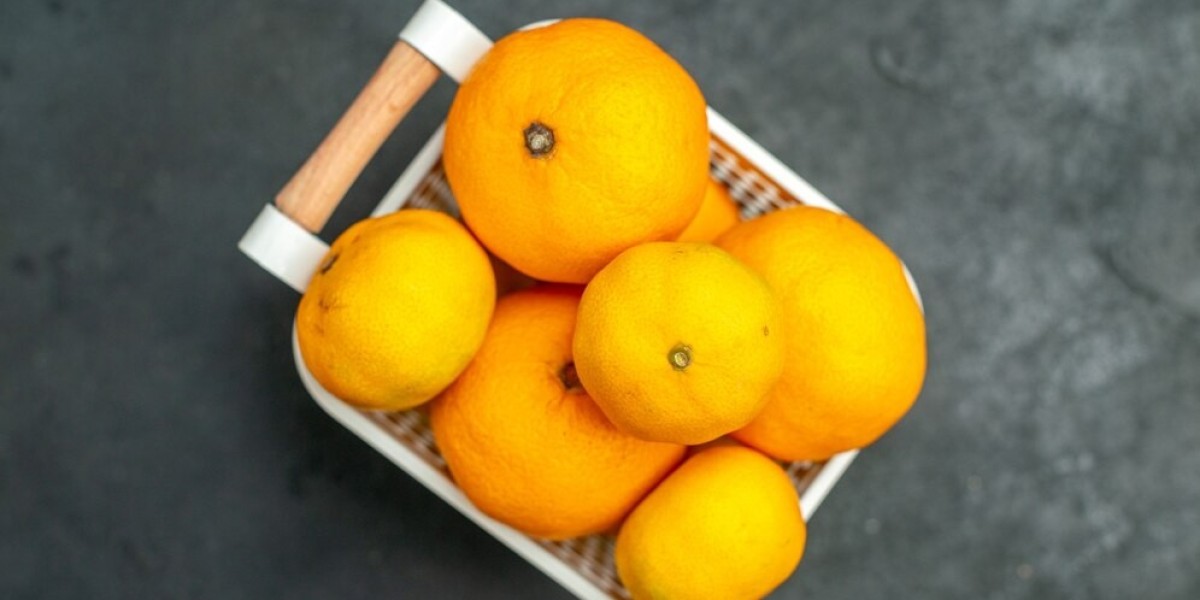The citrus fiber market has witnessed substantial growth over the last decade, driven by increasing consumer demand for natural, clean-label ingredients in food, beverages, personal care, and other industries. Citrus fiber, a natural byproduct of citrus fruit processing, is valued for its high dietary fiber content, sustainability, and versatile applications. However, despite the market’s growth potential, there are significant challenges that hinder its expansion. These challenges, including supply chain issues, high production costs, competition from other ingredients, and limited consumer awareness, must be addressed for the citrus fiber market to achieve its full potential.
1. Supply Chain Disruptions and Raw Material Shortages
One of the primary challenges facing the citrus fiber market is the instability and variability in the supply of raw materials. Citrus fiber is sourced from the byproducts of citrus fruit processing, including the pulp, peel, and seeds of fruits like oranges, lemons, and grapefruits. The availability of citrus fruits is highly dependent on factors such as climate conditions, seasonal fluctuations, and agricultural yields.
Adverse weather conditions, including droughts, floods, or extreme temperatures, can significantly affect the production of citrus fruits, leading to raw material shortages for citrus fiber manufacturers. Additionally, supply chain disruptions, including transportation delays, labor shortages, and global trade barriers, further exacerbate the problem. These supply chain challenges can lead to increased production costs, delays in product availability, and market volatility.
To mitigate these risks, citrus fiber producers need to explore more resilient sourcing strategies, diversify their raw material suppliers, and invest in sustainable agricultural practices. Collaborating with local farmers and establishing robust supply chains can help ensure a consistent supply of high-quality raw materials.
2. High Production Costs
The production of citrus fiber involves several advanced processing techniques, such as cold-pressing, enzymatic processing, and high-pressure processing, to extract the fiber from citrus pulp, peel, and seeds. While these methods help preserve the natural properties of citrus fiber, they also contribute to the high cost of production.
Moreover, the need for specialized equipment, skilled labor, and compliance with strict quality and safety standards further drives up production expenses. As a result, citrus fiber remains a premium ingredient, which may limit its adoption in cost-sensitive industries, especially when compared to more affordable alternatives such as guar gum, xanthan gum, and cellulose.
To address this challenge, citrus fiber manufacturers need to invest in technological advancements that can streamline production processes, reduce waste, and increase efficiency. Innovations in extraction technologies and automation can help lower production costs and improve the overall cost-effectiveness of citrus fiber production. This, in turn, will make citrus fiber more accessible to a broader range of industries.
3. Competition from Alternative Ingredients
Citrus fiber faces stiff competition from other functional ingredients that are used for similar purposes, such as thickeners, stabilizers, emulsifiers, and dietary fiber enhancers. Ingredients like guar gum, xanthan gum, pectin, and cellulose are commonly used in the food and beverage industry and are often less expensive than citrus fiber.
These alternatives have well-established market positions and offer similar functional properties, making it difficult for citrus fiber to gain a significant market share. While citrus fiber provides unique benefits, such as a clean-label, plant-based ingredient with superior fiber content, the higher cost may deter manufacturers from incorporating it into their products.
To overcome this competition, citrus fiber producers need to emphasize its unique attributes, such as its sustainability, nutritional benefits, and water retention capabilities. Educating manufacturers and consumers about the advantages of citrus fiber over synthetic alternatives can help increase demand and broaden its use across various applications.
4. Limited Consumer Awareness
Despite its growing presence in food and beverage products, citrus fiber remains relatively unknown to many consumers. While manufacturers and industry experts are aware of the benefits of citrus fiber—such as its ability to improve digestive health, increase fiber content, and enhance texture in food products—consumers are often unfamiliar with this ingredient.
This lack of consumer awareness can hinder the adoption of citrus fiber-based products. Consumers who are more accustomed to traditional ingredients may be hesitant to try new products that contain unfamiliar components, even if they offer health benefits.
To increase consumer awareness, manufacturers must invest in marketing and education campaigns that highlight the benefits of citrus fiber. By focusing on its clean-label appeal, sustainability, and health benefits, companies can encourage consumers to make informed purchasing decisions. Additionally, companies should consider product labeling that clearly communicates the advantages of citrus fiber to consumers.
5. Regulatory Barriers
The citrus fiber market, like other food and beverage ingredients, is subject to various regulations and standards set by governmental bodies such as the U.S. Food and Drug Administration (FDA) and the European Food Safety Authority (EFSA). These regulations ensure that citrus fiber is safe for consumption and meets quality standards.
However, navigating the regulatory landscape can be challenging for citrus fiber producers, especially when exporting products to different regions with varying rules and requirements. Compliance with food safety, labeling, and ingredient disclosure regulations is essential, but it can be time-consuming and expensive.
To overcome these regulatory challenges, citrus fiber manufacturers must stay informed about evolving regulations and work closely with regulatory bodies to ensure compliance. This will help avoid delays in product launches and facilitate market access.
6. Technical Limitations in Product Applications
While citrus fiber is a versatile ingredient, it is not suitable for all product applications. Some food and beverage formulations may require specific texture, viscosity, or stability properties that citrus fiber may not be able to provide consistently. This can limit its use in certain products, particularly those that require precise formulation, such as confectionery, dairy products, or processed meats.
Additionally, citrus fiber may not perform as well as other functional ingredients under extreme conditions, such as high temperatures or highly acidic environments. Manufacturers need to consider these limitations when formulating products and may need to blend citrus fiber with other ingredients to achieve the desired results.
Conclusion
The citrus fiber market is experiencing steady growth, driven by consumer demand for clean-label, plant-based, and sustainable ingredients. However, the market faces several growth challenges, including supply chain disruptions, high production costs, competition from alternative ingredients, limited consumer awareness, regulatory hurdles, and technical limitations. To overcome these obstacles, citrus fiber producers must focus on improving production efficiency, educating consumers and manufacturers, and emphasizing the unique benefits of citrus fiber. By addressing these challenges, the citrus fiber market can continue to grow and establish itself as a key player in the global ingredients market.


